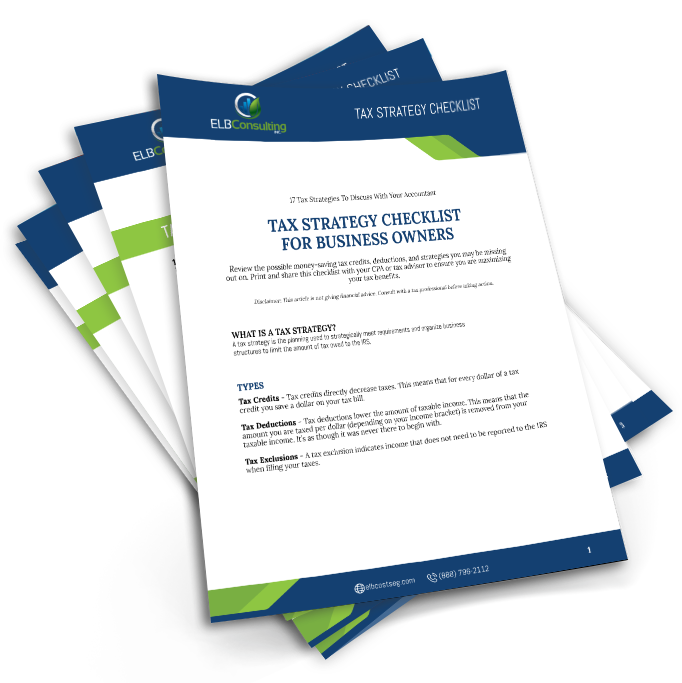In the final business week of 2019, government-funding legislation that the House passed a host of expired and expiring tax breaks known as “tax extenders” amendment, including the Energy Policy Act of 2005 (EPAct 2005) 179D and 45L Energy Efficient Building Certifications.
“The extenders carry no true reforms, it was just the same old business as usual,”
How 179D Energy Efficient Tax Incentives Offset Increased Costs
EPAct 2005 created the 179D/45L Energy Efficient Tax Incentives with the goal of providing building developers and owners tax incentives to help offset the increased costs associated with constructing energy efficient (“GREEN”) commercial buildings.
- The 179D allows for a tax deduction of up to $1.80/SF
- The 45L provides for a $2,000 per qualified unit tax credit
What Areas Do EPAct Energy Tax Incentives Look At?
EPAct Energy Tax Incentives look at the building three major subsystems: Envelope, Lighting, and HVAC/Hot Water, with the goal of reducing the property’s carbon footprint. Building owners can qualify not only on new construction, but for any building that has done energy efficient lighting retro fits or upgrades. Tenants may also qualify if they paid for, and own the lighting improvements.
The overarching purpose of the deduction is to encourage energy efficiency by creating a tax incentive intended to benefit a commercial building owner.
What Projects Are Qualified for the Energy Efficient Tax Incentives?
Also, we can look back to 2006 to assess “in service” completed construction or retrofit projects for the 179D commercial tax deduction. We can go back three (3) years to the “in service” date for the 45L residential tax credit.
You may be missing out on tax benefits.
Own commercial property?
We can help you find smarter ways to depreciate your property and reduce your taxes. Tell us about yourself and we’ll see how much you could be saving.




